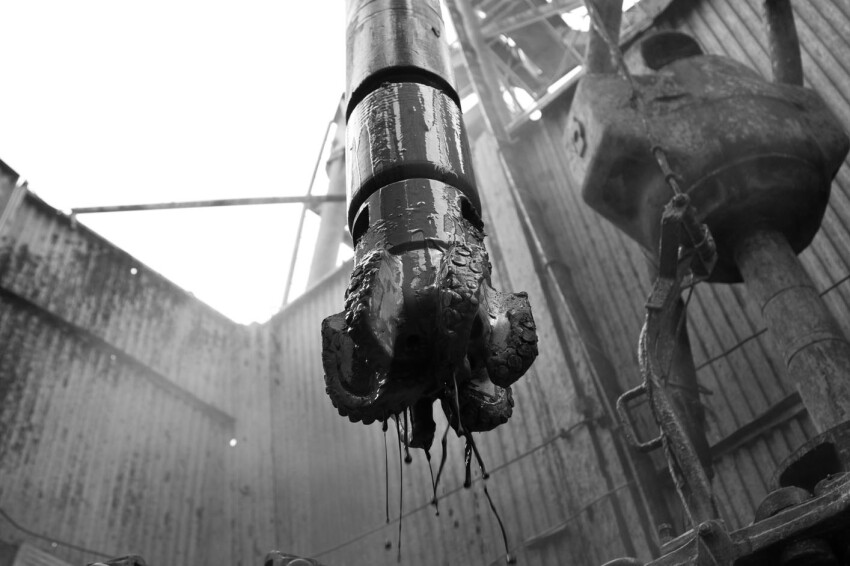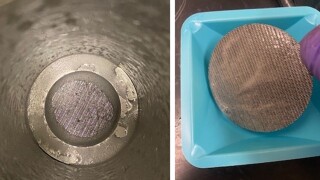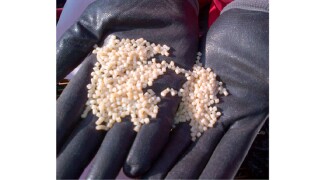Drilling
This research aims to develop a fluid-advisory system that provides recommendations for optimal amounts of chemical additives needed to maintain desired fluid properties in various drilling-fluid systems.
This paper describes development of a high-temperature water-based reservoir drill-in fluid using a novel synthetic polymer and customized with optimal chemical concentrations and sized calcium carbonate.
In this case study, a geomechanics-based approach was used to create bridging and sealing at the fracture aperture using a biparticle self-degradable lost-circulation-fluid system.
-
In organic shales, hydraulic fracturing is important for optimizing the production of horizontal wells. For a standalone lateral, the propped surface should be maximized to increase production. In the case of a pad, well spacing is an additional factor.
-
This paper offers an alternative explanation for the early boundary-dominated flow related to dissolution of salt-sealed natural fractures in the shale.
-
A Drilling Advisory System (DAS) is a rig-based drilling-surveillance and -optimization platform that encourages regular drilloff tests, carefully monitors drilling performance, and provides recommendations for controllable drilling parameters to help improve the overall drilling process.
-
An analysis studied whether a well's toe could be affecting the production performance.
-
How do mooring systems reduce risks of hurricane damage to mobile offshore drilling units?
-
As systems automation becomes more widespread in drilling, simulators are required to plan, train rig crews, and monitor real-time operations.
-
Although early inflow control devices and intelligent completions (ICs) were introduced almost 20 years ago, completion technology has not kept pace with advancements in drilling technology.
-
A long-time energy industry executive and chemical engineer has built a new water treatment system that he says can increase recovery rates from shale wells without using chemicals and will recycle all the water used in the process.
-
As the drilling industry improves its efforts to capture drilling operation activities in real time, it has generated a significant amount of data that drilling engineers cannot process on their own.
-
This paper shows how automation reduces invisible lost time and allows drillers to focus on other activities while repetitive tasks are controlled by software.













